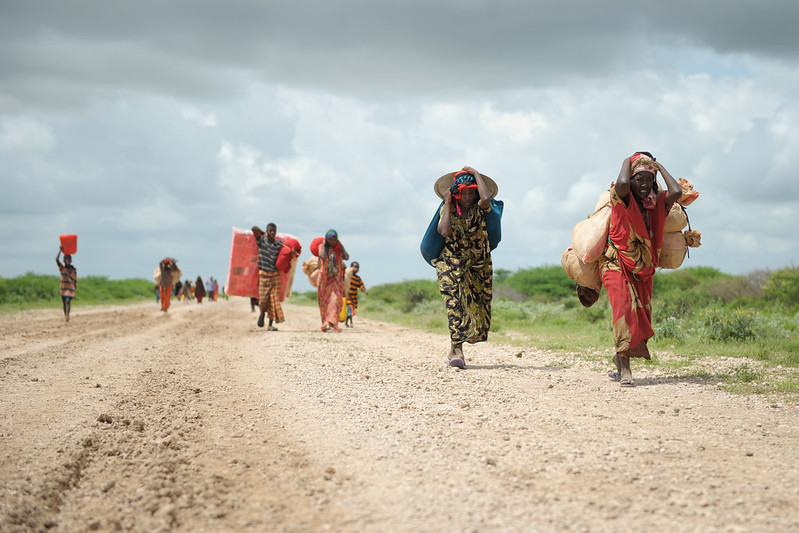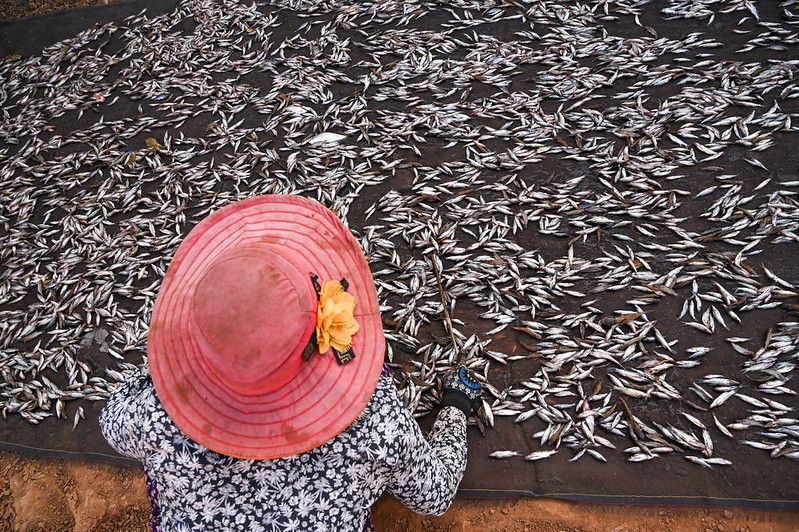Climate change threatens life on land – including us humans. Yet land resources and ecosystems hold some of the solutions to slow global warming and its harmful effects. The connections between climate, biodiversity, and people are undeniable, “with over 80% of Sustainable Development Goal targets directly linked to climate”. Land is rapidly degrading, and species extinction is quickly increasing, mainly due to over-exploitation combined with rising global temperatures. As land loses its ability to absorb carbon, global warming speeds up, creating a dangerous feedback loop. Urgent, evidence-informed action is needed to preserve land ecosystems, restore damaged ones, and protect people and their livelihoods.
This blog highlights one effective approach to ensuring the sustainable use of land and several areas where we need more evidence. We draw on 3ie’s recent work to identify effective land management policies, which we hope will be useful to all those working toward the 15th Sustainable Development Goal (SDG) to protect life on land.
Community-based approaches work
One viable approach to conserving land and protecting people’s livelihoods is decentralized land management, in which local communities are granted control of land resources, such as pastures and forests, and become responsible for their management and monitoring. Interventions which account for local contexts and involve communities in protecting, restoring and promoting the sustainable use of land are effective at improving both environmental (e.g., land cover) and socioeconomic (e.g., income) outcomes, according to a forthcoming 3ie review conducted with Defra. Stay tuned for our upcoming blog on the results of this review!
However, rigorous evidence looking simultaneously at environmental and socioeconomic outcomes is still scarce. Only one in six of the studies included in our Climate Change and Biodiversity EGM evaluated the effects of interventions on both types of outcomes. Evaluations should consider the underlying connections between climate, biodiversity and people to help minimize long-term harm.
There is a critical need to expand the evaluation of climate mitigation and biodiversity outcomes
With the evidence that exists, we do not know whether development policies and programs to encourage sustainable land use are effective at reducing greenhouse gas emissions and biodiversity loss. The Global Biodiversity Framework outlines key targets for biodiversity conservation and sustainable use of natural resources. Common indicators include greenhouse gas emissions, ground organic matter, and diversity of species in an area. However, few existing evaluations measure the effects of land use policies and programs against these metrics and targets. Future research should focus on the most vulnerable countries and engendered species.
Remotely sensed data (e.g., from satellites or drones) is an expanding source of high-quality information. 3ie has published a guidance document of relevant indicators that can be leveraged to help fill this evidence gap. These data are publicly available and can be readily integrated into evaluations to identify interventions that create win-win opportunities for both people and the environment.
We lack disaggregated data and cost-effectiveness data
Under-served and vulnerable groups, like displaced people, people with disabilities, youth, women, and indigenous peoples, rely the most on land and forests for their livelihoods. However, past research has not sufficiently measured the differential impact of projects and policies on these marginalized groups. The climate and biodiversity crises must be addressed in a just and inclusive manner.
Additionally, the costs and benefits of these interventions in the short and long terms remain largely unknown. This means that we cannot say whether land interventions are cost-efficient.
Addressing land degradation and biodiversity loss sustainably for ecosystems and the people who live with them is essential. Leveraging existing evidence can and should ensure that every action, including nature-based solutions, considers these goals efficiently. In turn, future research should also help build up quality and relevant evidence to determine the most effective and cost-efficient strategies to deliver sustainable and just transitions to meet the targets of SDG 15.
We delve deep into insights on several other goals as part of our SDG blog series. You can read them below:
- Reaching SDG 3: Promoting immunizations can safeguard children from preventable diseases and death
- Reaching SDG 5: Breaking down gender barriers to build lasting solutions
- Reaching SDG 16: A long way to go to promote peace, but we know some tools are effective
- The systems challenge behind ending hunger: Why SDG 2 requires more than food
- Reaching SDG 7: Sustainable energy for all is a complex goal. Evidence about how to get there is uneven









